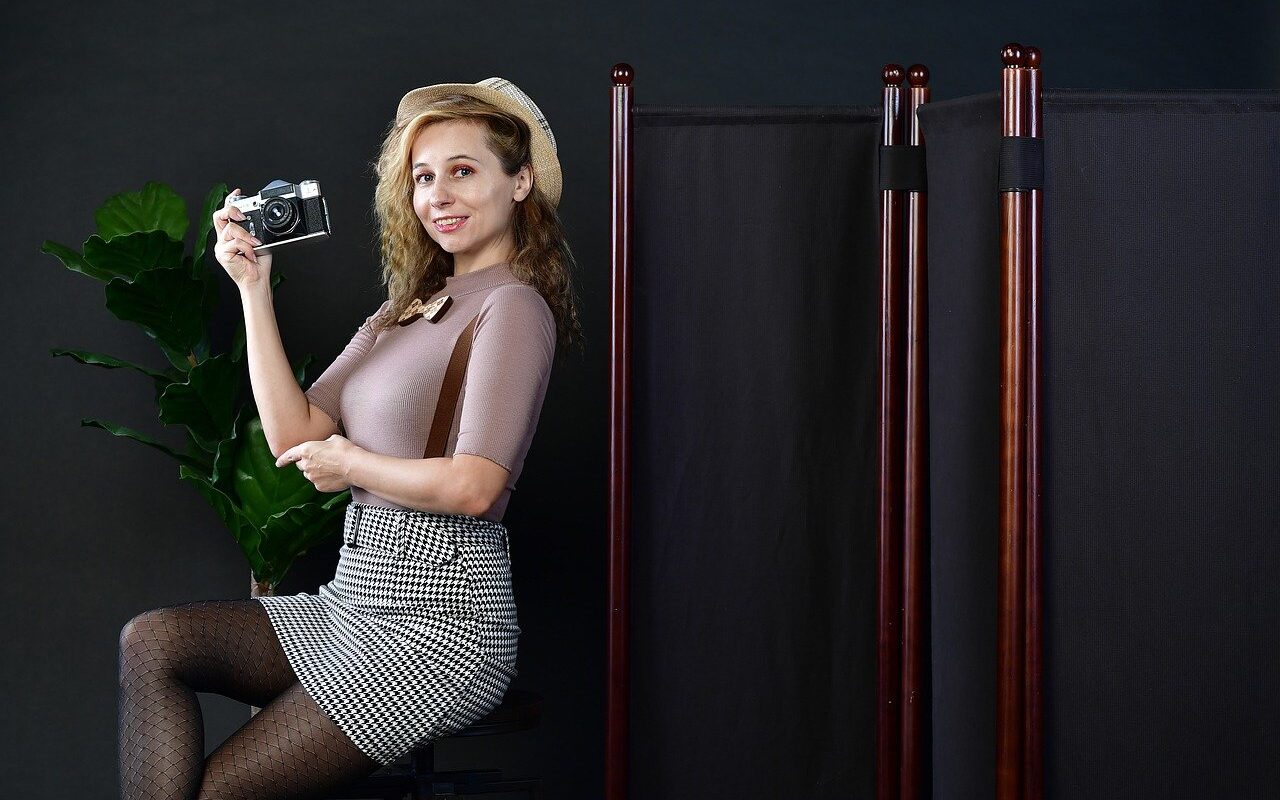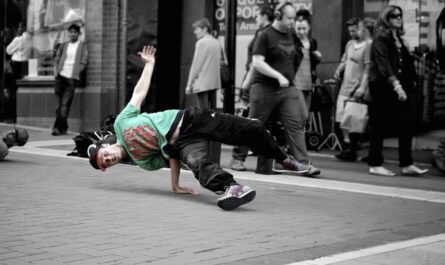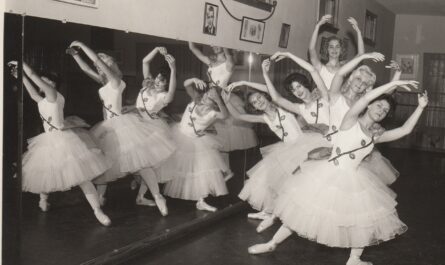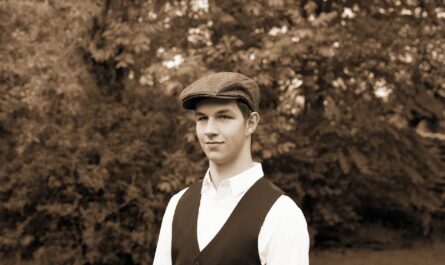The 1970s was a decade known for its vibrant and daring fashion, epitomizing a sense of freedom and self-expression. The era witnessed the rise of colorful and flamboyant clothing choices, including rainbow-hued T-shirts, hot pants, dresses, and jackets. Additionally, disco music and the emergence of countercultural movements were defining aspects of this era.
The fashion of the 1970s embraced a bold and eclectic aesthetic, breaking away from the constraints of previous decades. The use of bright and contrasting colors became a prominent feature, symbolizing the energetic and carefree spirit of the era. Clothing was characterized by its playful and diverse nature, offering a wide range of styles for both men and women.
One of the iconic styles of the 1970s was the rainbow-colored fashion trend. Rainbow-striped T-shirts, dresses, and accessories became popular among both men and women, exuding a sense of joy and optimism. The use of bold, contrasting colors in clothing allowed individuals to make a bold statement and showcase their individuality.
Hot pants, also known as shorts or mini shorts, were a major fashion trend of the 1970s. Women embraced these short and tight-fitting bottoms as a symbol of liberation and confidence. Hot pants were often paired with colorful and patterned tops, creating a bold and fashionable ensemble.
Dresses in the 1970s ranged from flowy and bohemian-inspired maxi dresses to sleek and form-fitting styles. Bohemian fashion, influenced by the hippie movement of the previous decade, continued to thrive during the 1970s. Maxi dresses with floral prints, ruffles, and peasant-style designs were favored by those embracing a free-spirited and bohemian lifestyle.
Jackets played a significant role in completing the 1970s look. Denim jackets with embellishments, fringe details, and embroidered patches were popular among both men and women. Leather jackets, often adorned with studs or colorful accents, became symbols of rebellion and attitude.
The fashion of the 1970s was heavily influenced by music and cultural movements. Disco music, with its glamorous and energetic vibe, had a significant impact on fashion trends. Disco fashion was characterized by shiny and metallic fabrics, sequins, and bold patterns. Flared pants, also known as bell-bottoms, became synonymous with disco culture, symbolizing fun and freedom on the dance floor.
The emergence of countercultural movements, such as the punk and glam rock scenes, also influenced fashion in the 1970s. Punk fashion rebelled against mainstream trends, embracing torn clothing, band T-shirts, and bold accessories like spikes and safety pins. Glam rock fashion embraced theatrical and extravagant styles, featuring platform shoes, glitter, and flamboyant makeup.
The fashion of the 1970s represented a time of self-expression, experimentation, and embracing individuality. It celebrated color, diversity, and a rejection of traditional norms. The impact of the 1970s can still be seen in modern fashion, with elements of the era often being revisited and reinterpreted. The 1970s remains a vibrant and influential period in fashion history, representing a time of creativity, liberation, and cultural transformation.



